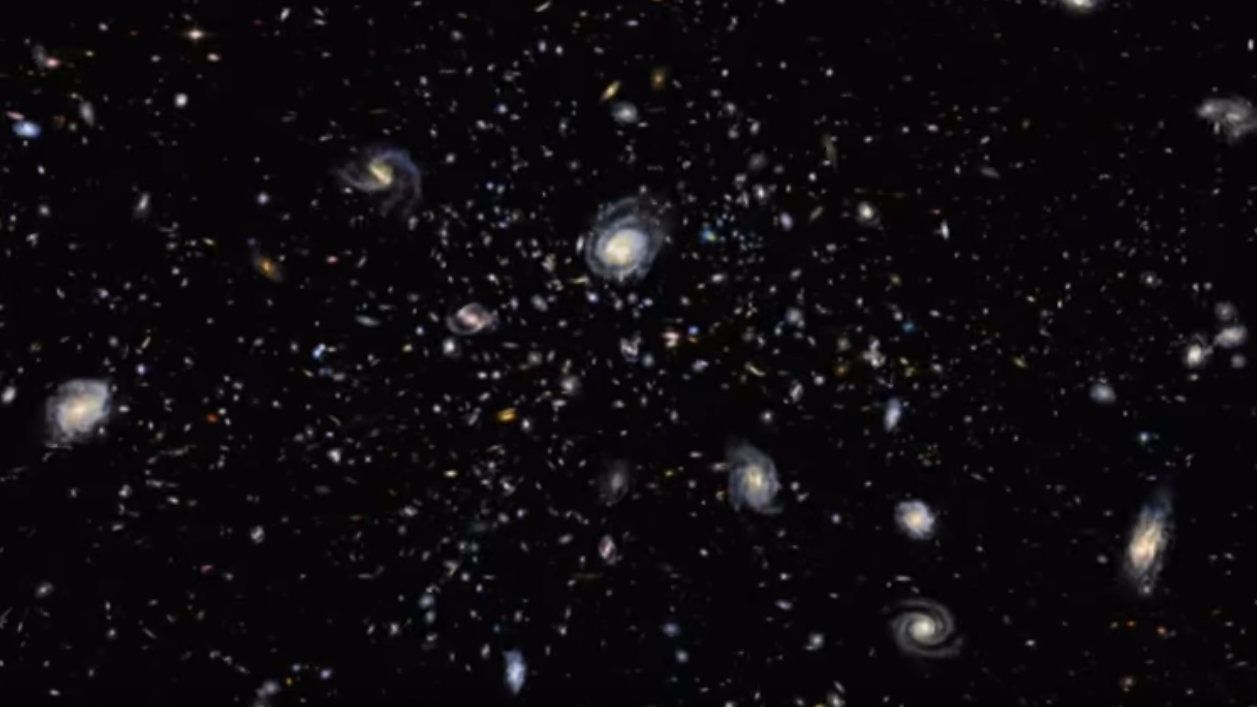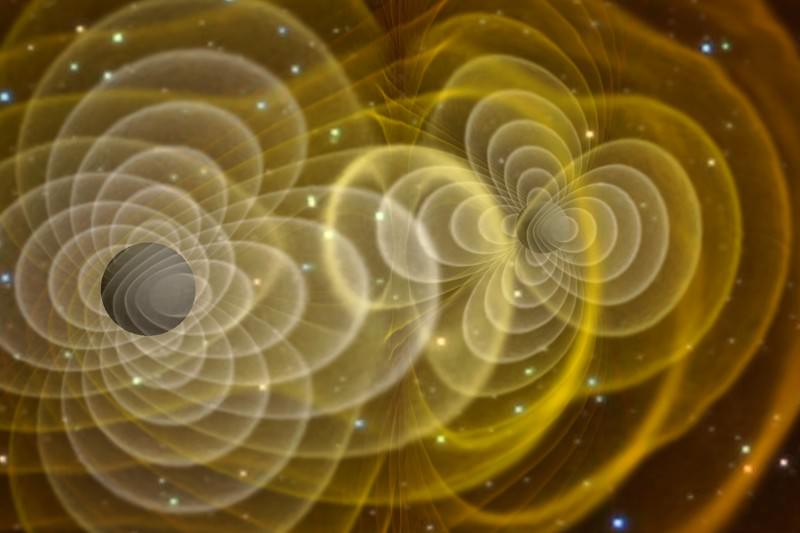Jan 18, 2016
It’s possible that there is a “mirror universe” where time moves backwards, say scientists
Posted by Sean Brazell in categories: cosmology, physics
Although we experience time in one direction—we all get older, we have records of the past but not the future—there’s nothing in the laws of physics that insists time must move forward.
In trying to solve the puzzle of why time moves in a certain direction, many physicists have settled on entropy, the level of molecular disorder in a system, which continually increases. But two separate groups of prominent physicists are working on models that examine the initial conditions that might have created the arrow of time, and both seem to show time moving in two different directions.
When the Big Bang created our universe, these physicists believe it also created an inverse mirror universe where time moves in the opposite direction. From our perspective, time in the parallel universe moves backward. But anyone in the parallel universe would perceive our universe’s time as moving backward.

















